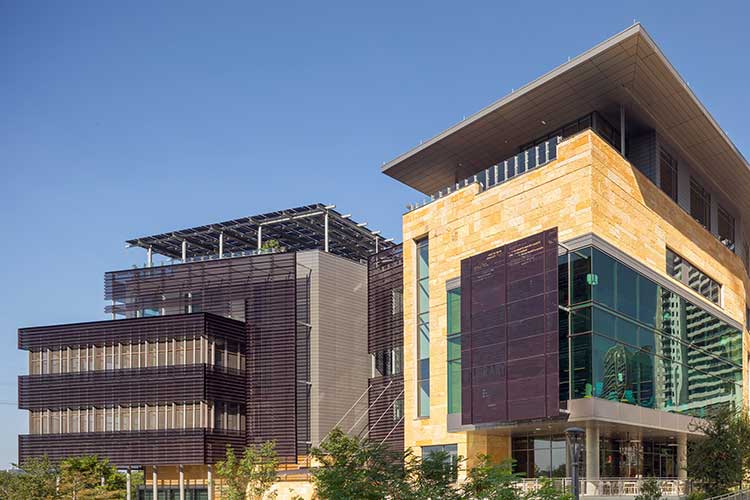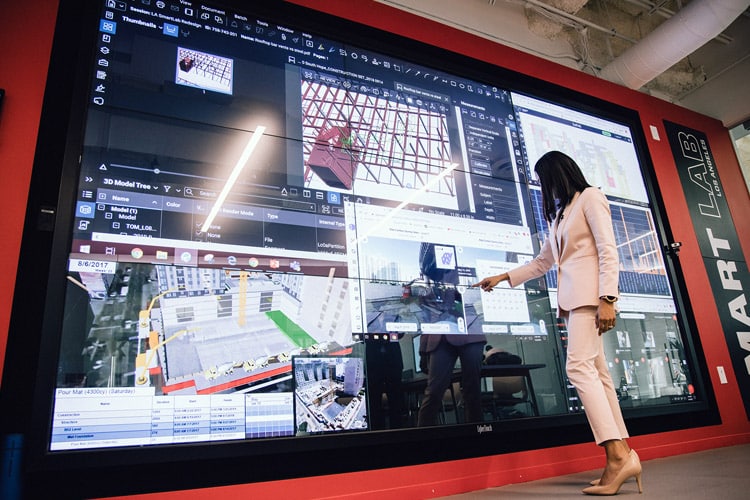There’s no question today that can’t be answered in seconds on Google. And there’s no book that can’t be bought or downloaded within minutes on Amazon.
But while the emergence of these technologies has allowed more people to access information than ever before, it has also created an identity-crisis for one of the world’s oldest institutions: the public library.
With so much of a library’s traditional relevance being pushed aside by e-books and digital content, those tasked with building and maintaining them today have to re-think their functional design and purpose.
What has emerged from this dilemma is what could be deemed a “Library Renaissance.” Over the past few years, cities have opened the doors of the libraries of the future.
These high-end structures have captivated the public with unique amenities, such as a movie theater in Oslo’s Deichman Bjørvika, and spaces created for diverse programming, like the free monthly concerts performed by the Qatar Philharmonic Orchestra at the Qatar National Library in Doha.
Combined with elements of breathtaking design—ones that allow visitors to the Tianjin Binhai Library in China to walk on staircases that are themselves bookshelves, or watch locomotives roll under the floor of the lobby at Calgary’s New Central Library—these libraries are doing more than just drawing in local patrons; they are becoming must-see tourist attractions.
Modern design
An acclaimed example of this library revolution is the Central Library in Austin, Texas, which opened in October 2017.
The six-story project, which took almost a decade to complete, was led by San Antonio-based architecture firm Lake Flato Architects in a joint venture with Boston-based Shepley Bulfinch. Located in downtown Austin, the building retains a strong sense of the natural world as it sits overlooking the waters of Lady Bird Lake and Shoal Creek. It’s a view that’s proved popular—around 1 million people visited the Central Library in its first nine months.

Creating a space that would not only draw visitors in but speak to their modern needs was front and center on the mind of Jonathan Smith, Lake Flato’s project manager for the library. Born and raised in Austin, Smith’s grandparents influenced his early passion for design, which eventually led him to earn a degree in architecture from the University of Texas at Austin.
As a local “Austinite,” Smith became familiar with the work, such as the Hotel San Jose, done by Lake Flato around the city, and he connected to the firm’s aesthetic, which struck him as unpretentious and approachable. It became his goal to work at Lake Flato; in 2005, he officially joined.
“It is not architecture just for architects,” Smith said of the firm. “It is not about the newest trend. It is about people.”
The main feature: books?
In 2008, Smith approached David Lake, a Lake Flato partner, with an interest in being a part of the Austin library project.
“I was unaware at the time that this early discussion would put me on track to eventually spend nearly the next decade” on the job, Smith said. More than 80 architectural firms from around the globe bid to work on the library, but the contract was awarded to Lake Flato.
To create a new kind of library representative of the modern world, Smith and the firm decided to include input from the people of Austin. “We had many community meetings with the citizens of Austin in the early days of the project,” Smith said, “and there were several overwhelming majority opinions—aside from just providing more parking.”

An overwhelming citizen opinion: the new library must have books—lots of them.
“The citizens did not want the library to be a technology bar,” Smith said. In response, the Central Library was designed to hold more than double the amount of books as the old building, with plenty of space for more books to be added over its lifetime.
The stacks weren’t the only aspect designed with an eye toward the future. A big focus of the project was creating a building that could be easily adapted. For Smith and his team, “the easiest way to future-proof the building was to create as much flexibility as we could in the common spaces,” Smith said.
Accounting for the years ahead was especially critical when considering how the library could keep up with advances in technology. Lake Flato addressed this need by using “raised flooring in the building so that data and electrical could be reconfigured easily.” Smith also said the firm “designed relatively few walls so the floor plates are fairly open for whatever technology comes down the road.”
Expanding sustainably
A key feature of modern library design is the incorporation of untraditional features—and Lake Flato saw ways technology could be used in this aspect. On one floor, library visitors can discover a “Tech Petting Zoo,” where they can play with gadgets not normally found in the average household such as a 3D printer and a Spire Studio recorder.

Sustainability also became an important feature for the designers and locals. The library can power the electronics of today and the future with energy generated from an array of solar panels.
For Smith, the most important element in taking on a large-scale and long-term project is efficient communication. “It is all about creating clear process in my opinion,” Smith said. “Then, each week continuing to fine-tune the processes until they are working as well as they can for you.”
With so many moving parts, Smith said technology became one of the tools that allowed all the individuals who collaborated on the library to work toward the same goal. “The contractor used Bluebeam on the job,” Smith said, “which we subsequently adopted, and it was very helpful to have our 600+ page drawing set hyperlinked to itself and to RFIs.”
Blending old and new
“The library today has one foot planted in the analog while the other is planted in the digital,” Smith said of the completed library. This concept, Smith added, could serve as a foundation for the next generation of public spaces.
While Austin’s Central Library proves that the desire for this sort of traditional public institution remains strong, it also shows that institutions like this don’t have to exist in opposition of today’s emerging trends.
“I believe people have embraced the Austin Central Library because it captures the spirit of Austin today,” Smith said. “It has become the new civic living room for the city, and I hope other cities invest in their libraries as Austin has.”















